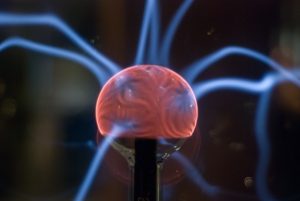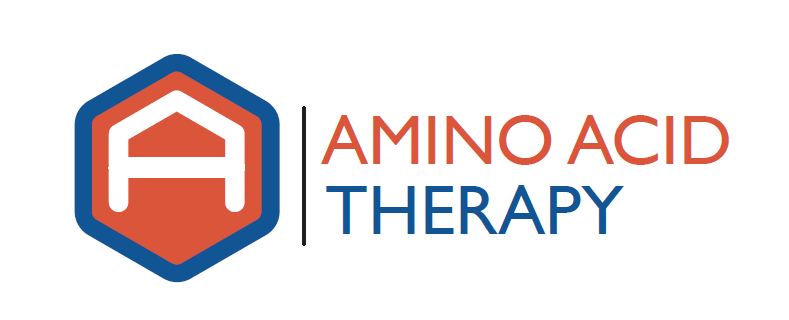 Amino acid therapy involves the determination and administration of the amino acids and cofactors needed to optimize neurotransmitter function. In the vast majority of cases, this involves trying to optimize the function of the “centrally acting monoamines” which include serotonin, dopamine, norepinephrine and epinephrine. The centrally acting monoamines are synthesized from nutrients, including L-tryptophan, 5-HTP, L-tyrosine and L-dopa. These centrally acting monoamines form a system in which serotonin and the catecholamines (which include dopamine, norepinephrine and epinephrine) oppose one another; in other words, optimizing the function of the centrally acting monoamines involves more than just giving ‘more’ of one precursor or the other; it also involves getting the balance right between them.
Amino acid therapy involves the determination and administration of the amino acids and cofactors needed to optimize neurotransmitter function. In the vast majority of cases, this involves trying to optimize the function of the “centrally acting monoamines” which include serotonin, dopamine, norepinephrine and epinephrine. The centrally acting monoamines are synthesized from nutrients, including L-tryptophan, 5-HTP, L-tyrosine and L-dopa. These centrally acting monoamines form a system in which serotonin and the catecholamines (which include dopamine, norepinephrine and epinephrine) oppose one another; in other words, optimizing the function of the centrally acting monoamines involves more than just giving ‘more’ of one precursor or the other; it also involves getting the balance right between them.
The Real Power of 5-HTP and L-Dopa
From a biochemical perspective, 5-HTP and L-dopa can act much more powerfully, and have a far greater positive impact on overall health, than the drugs that work with these neurotransmitters. This can occur because 5-HTP and L-dopa are freely synthesized into serotonin and dopamine, respectively, without biochemical feedback inhibition. This means the more of each that is administered the more serotonin and dopamine will be produced. This is the only way to actually increase the amount of neurotransmitter in the system (not just in the synapse) and therefore, provides the only known way to improve neurotransmitter function over time.
This begs a question – if 5-HTP has so much power to freely establish serotonin levels at any level desired, why is it that 5-HTP has never been definitively proven to be superior to placebo in the treatment of depression and other disorders? The answer is that 5-HTP only addresses one side of the equation.
It’s All About The Balance
Serotonin and dopamine precursors must be administered in the proper balance in order to optimize neurotransmitter function. Too much emphasis on either system will induce depletion of the monoamines in the other system, exacerbating or creating imbalance. If one system becomes depleted enough the other system will not function properly, no matter how high its monoamine levels are. For example, giving only 5-HTP depletes dopamine (and the other catecholamines). When catecholamine levels fall far enough, the serotonin system won’t function in the relief of symptoms no matter how much L-dopa is provided. Giving the precursors to only one side of the equation (either serotonin or the catecholamines) causes imbalance in the other side, which ultimately leads to more imbalance and more (or more intense) symptoms.
How to Optimize Neurotransmitter Function
Serotonin and dopamine precursors need to be given simultaneously and in the proper balance in order to optimize neurotransmitter function and provide sustained symptom relief. Testing is important to find the ideal amino acid dosing for each person. The only objective laboratory method that we have found to insure that serotonin and catecholamine precursors are administered properly is the OCT2 assay. Using this test along with each person’s clinical presentation allows a provider to determine the exact amino acid requirements each person needs to optimize neurotransmitter function.

